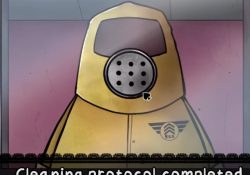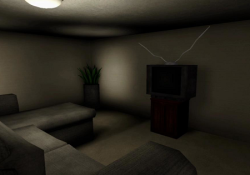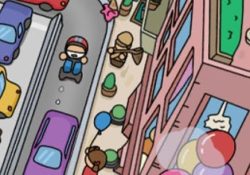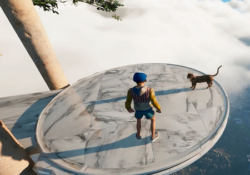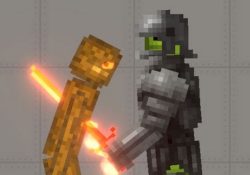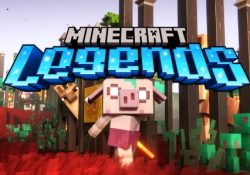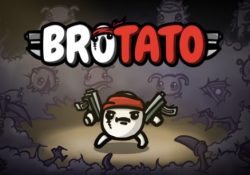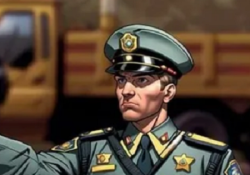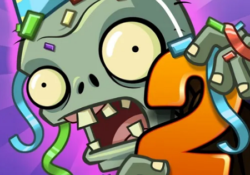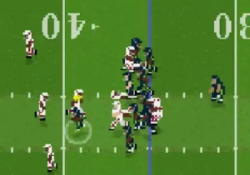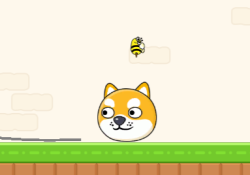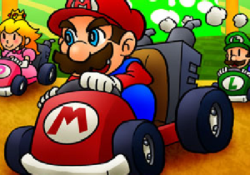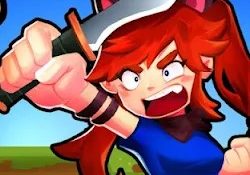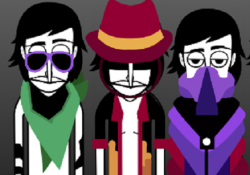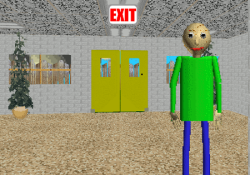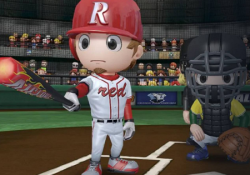Indigo Park is a first-person horror adventure set in the ruins of a once-celebrated theme park that has long since shut its gates. Players step into the role of an outsider drawn to the park’s decaying grounds by curiosity and unanswered questions. Guided by the voice of a cheerful but cryptic mascot AI named Rambley the Raccoon, players must reactivate power, navigate forgotten attractions, and uncover a mystery buried beneath layers of broken machinery and forgotten memories.
Exploration and Environmental Storytelling
The abandoned park is divided into zones, each reflecting a different theme and mascot personality. Areas like outdated gift shops, shattered ride platforms, and overgrown show stages tell stories through visual details rather than direct narration. Players must move through these zones carefully, solving small puzzles, restoring broken systems, and keeping an eye out for changes in the environment that suggest something watching from the shadows.
Game Systems and Interactive Elements
Progress is based on locating generators, unlocking doors, and collecting hidden objects tied to the park’s history. Rambley’s presence is constant, often commenting on the player’s actions or delivering lines that seem friendly at first—but grow stranger over time. Though there are no traditional combat mechanics, certain areas introduce chase segments or scripted sequences that shift the pacing and force quick decision-making.
Main elements in Indigo Park include:
- Power-based progression through themed environments
- Collectibles tied to park lore and backstory
- Puzzle-based access systems using generators and triggers
- Environmental storytelling through visuals and sound
- Character-driven tension built around mascot presence
Mascots and Atmosphere
The mascots of Indigo Park serve as more than decorations. Though they don’t always appear directly, their influence can be felt in every part of the map—graffiti, signage, leftover merchandise, and animatronic husks. As players explore deeper into the facility, the tone shifts from playful nostalgia to something more unsettling. Mascot figures begin appearing in unfamiliar places or watching silently from behind props, reinforcing the game’s psychological edge.
Structure and Future Chapters
The current chapter introduces the player to the world but leaves much unanswered. With a runtime of under an hour, it sets the stage for a larger narrative to be developed in future releases. Exploration is encouraged, and players who pay attention to visual cues and hidden items can piece together fragments of the past. The game is designed to reward curiosity, and replaying it with fresh eyes often reveals overlooked moments that deepen the experience.




